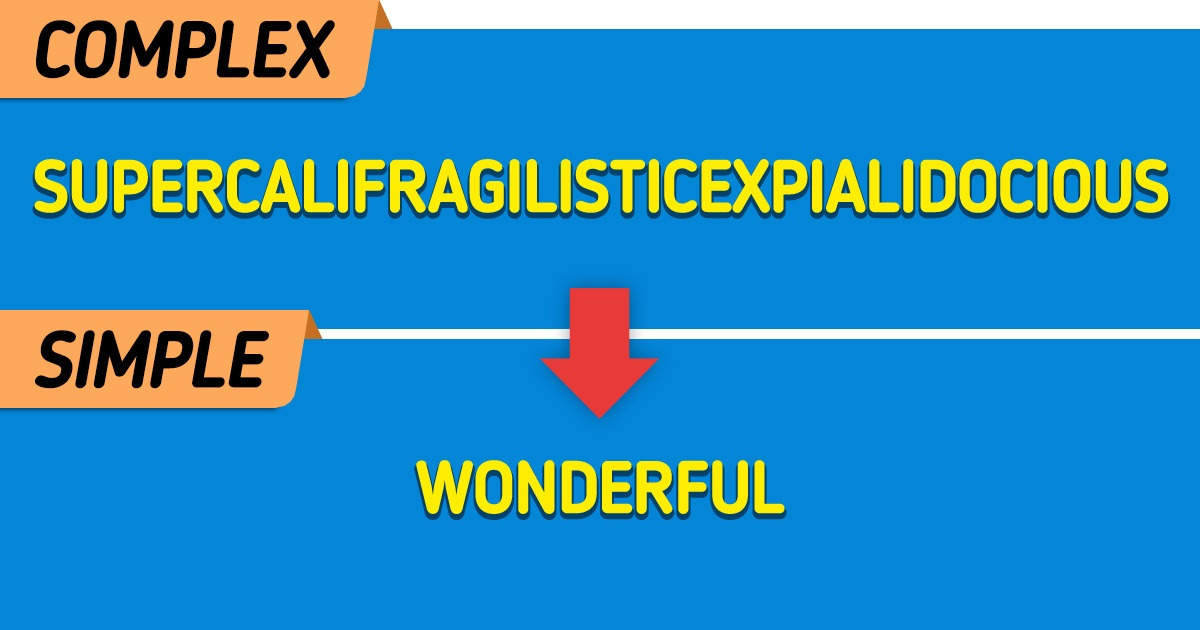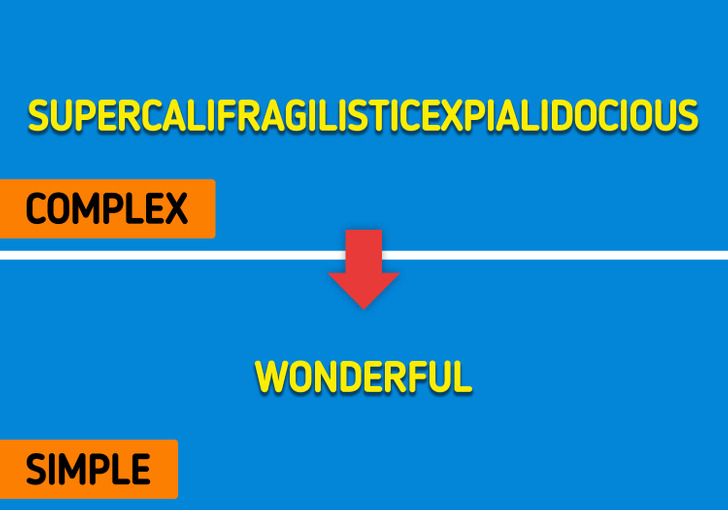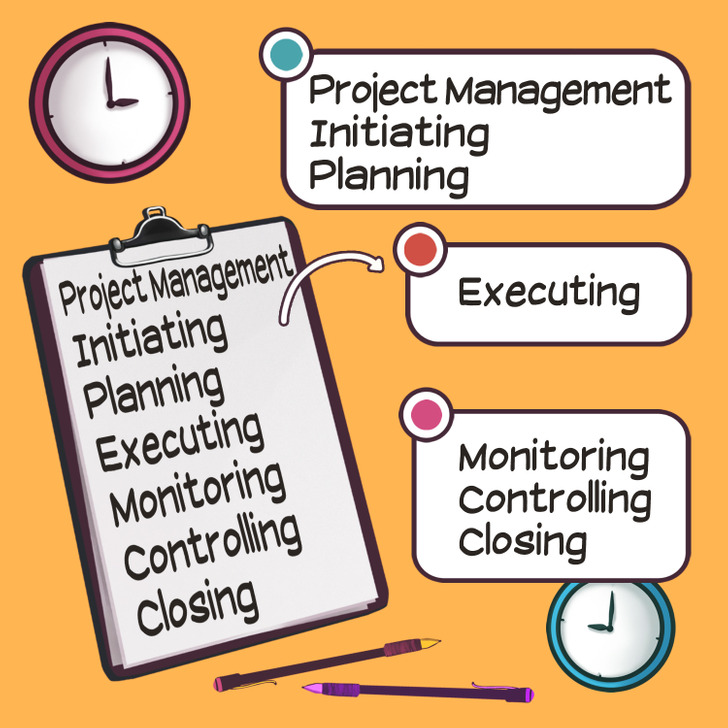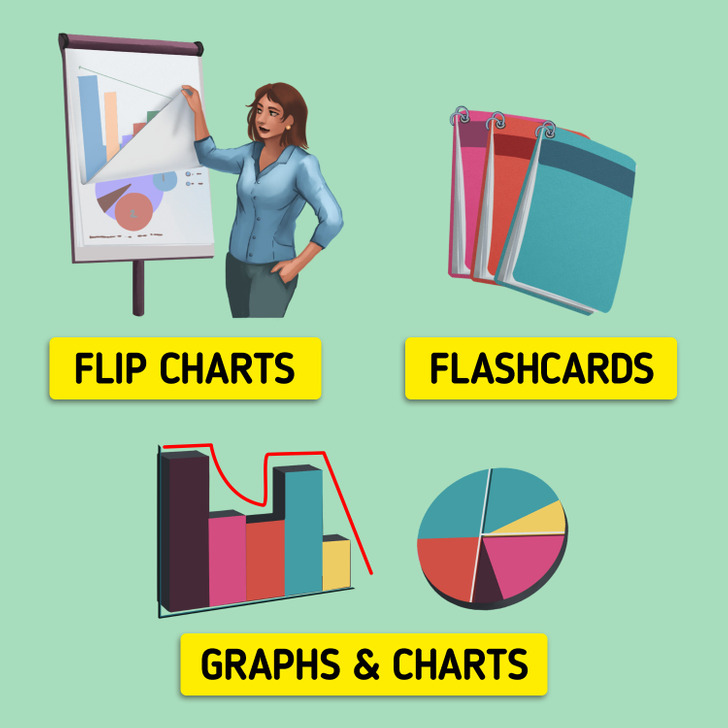How to Make Complex Ideas Easy to Understand: 6 Tips

There comes a time when you’re required to explain something complex to a group of people, such as your customers, investors, employees, or your bosses. Explaining complex concepts isn’t always easy. Regardless of your expertise in the field or religious background, it all comes down to how well your explanation is delivered to your audience.
5-Minute Crafts has gathered some useful tips to even the odds while delivering complex ideas clearly to any group of people with whom you want to build trust.
1. Know your audience and tell them why they should care.

- To communicate your ideas effectively, especially the complicated ones, it’s good to understand your audience. Chances are that you may be getting to know someone for the first time. Ensure you know about their background, how much they already know and understand about your topic, what language they use, etc.
- Tell them why they should care. Make sure you inform your audience upfront if there is a good reason to understand the concept you’ll explain to them. This may help them pay more attention.
2. Use simple language.

Speak as plainly as you can. Opt for using simple, everyday language. Avoid highly technical, detailed, nuanced concepts or words because not everyone may understand what’s being said. Also, don’t use jargon, acronyms, or highly-niche phrases. It is understandable that delivering complex information in a clear way may be challenging. When you can’t get away from simplifying things, make sure you define any complex terms mentioned.
3. Understand your topic better.

Einstein famously said that if you couldn’t explain it, you didn’t understand it. Therefore, make sure there aren’t gaps in your own understanding of your subject matter. When you do, take your time to make things clear and even concise.
4. Break it into small pieces and trim the fat.

Your audience may not remember every single detail of the explanations you provided. So pick the key points, and messages you want your audience to take home with them. Choose one thing they understand. If your audience will remember only one thing about all your explanations, ask what that one thing would be. This will also help you pick the information you’ll deliver.
Don’t go into extraneous details. Make sure your audience doesn’t get lost in the details. Give as little technical detail as possible. Using language that is simple and simplistic are different things. While simple means ’’easy to understand,’’ simplistic assumes the problem ’’as if it’s not complex at all.’’
5. Use visuals, analogies, and compare-contrast.

According to new research, adding visuals or visual metaphors to your explanation can engage the audience or participants in the concept better. Using a light bulb to suggest an idea, for example, can result in better engagement than an idea proposed without any visuals. Ensure you have all the visual aids at hand, including photos, illustrations, infographics, videos, etc.
Explaining complex ideas may, at times, leave the audience with a shallow understanding of the subject of interest. To resolve this issue, gain the benefits from examples and analogies and use them as one of your communication shortcuts at your disposal, and paint a verbal picture. Creating good analogies requires practice.
6. Tell stories and hold their attention.

Because stories can ignite emotion, storytelling can be a lifesaver when it comes to engaging your audience on the subject. To help your audience understand a complex concept better, pick a relatable story. While telling stories, you can pick a theme, make it personal, or use your drama skills. Whichever technique you pick, make sure the story is easy to follow, short, and doesn’t go into a lot of detail but gets to the point quickly.